RARE! WWII June 6th, 1944 D-Day "Operation Overlord" 82nd & 101st Airborne Division Parachute Harness Recovered From Sainte-Mère-Église Drop Zone
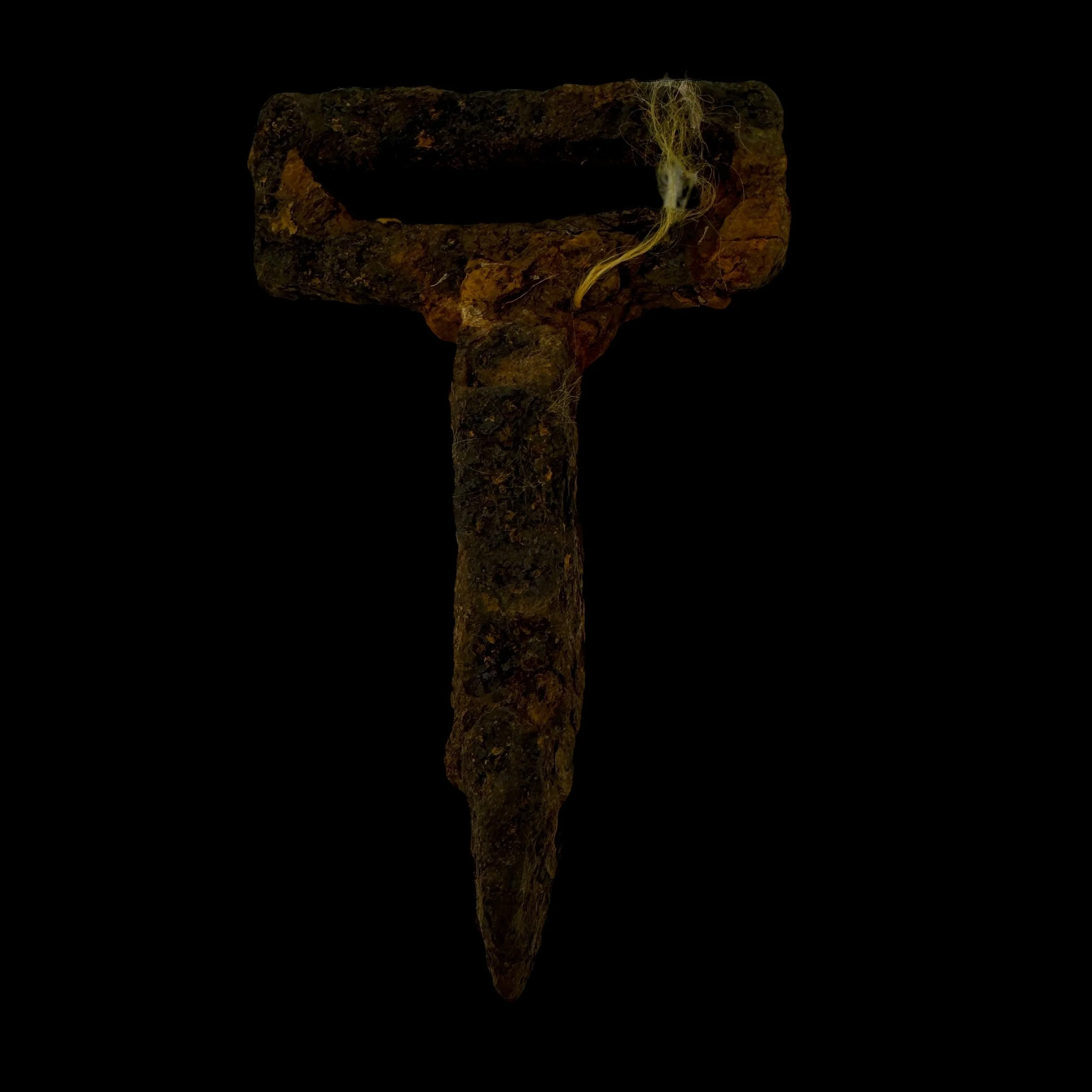
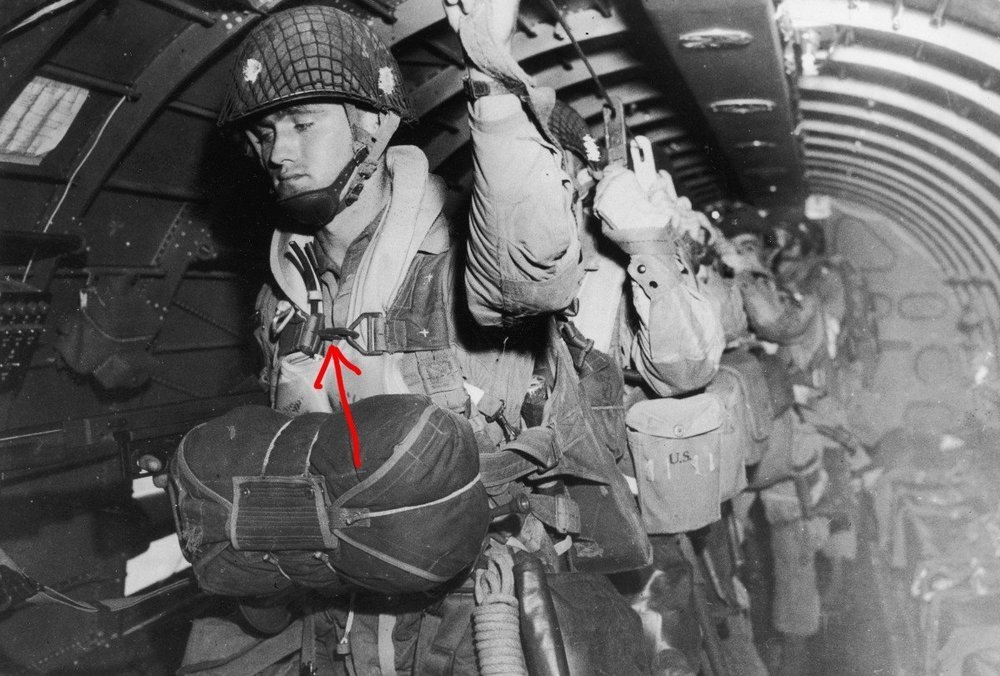
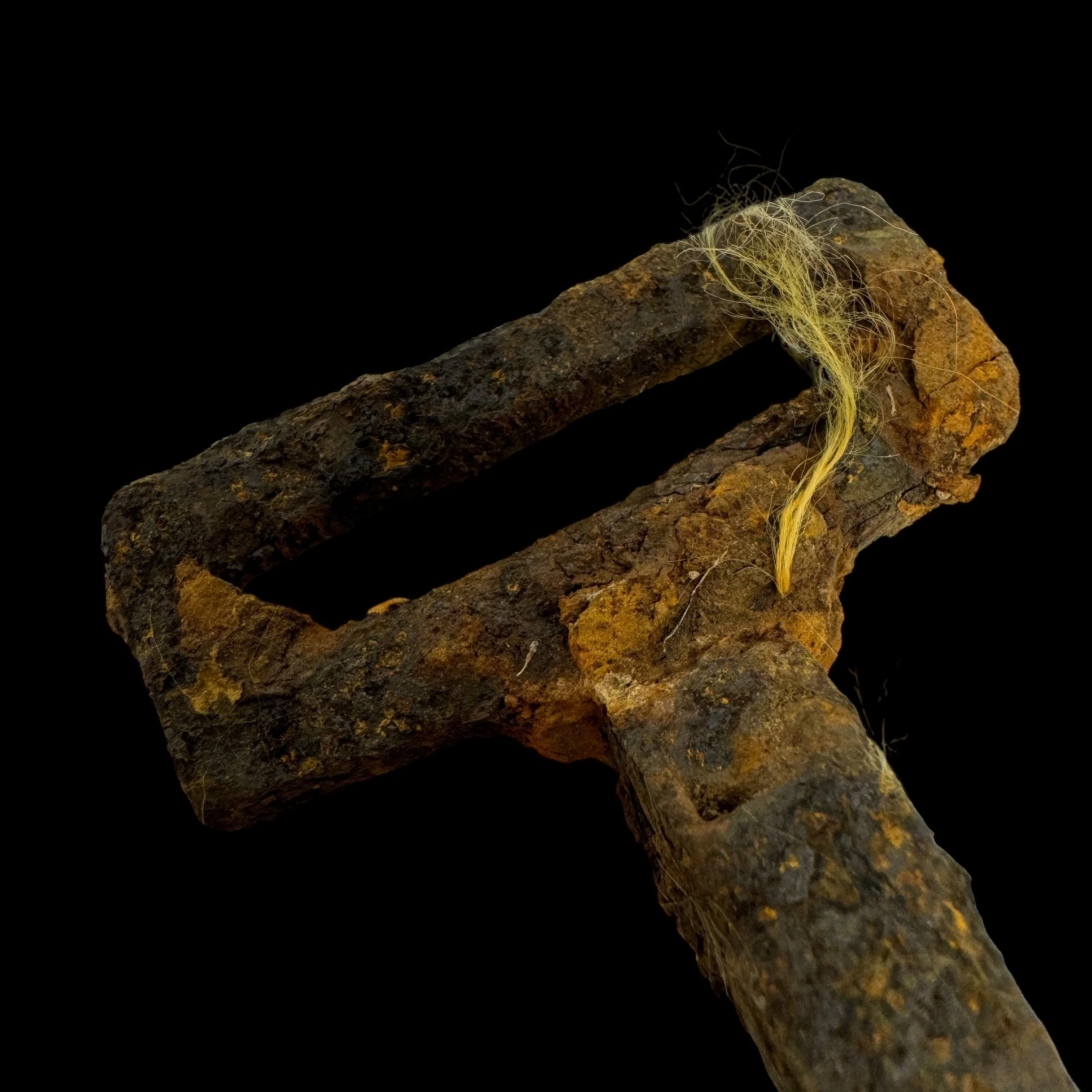
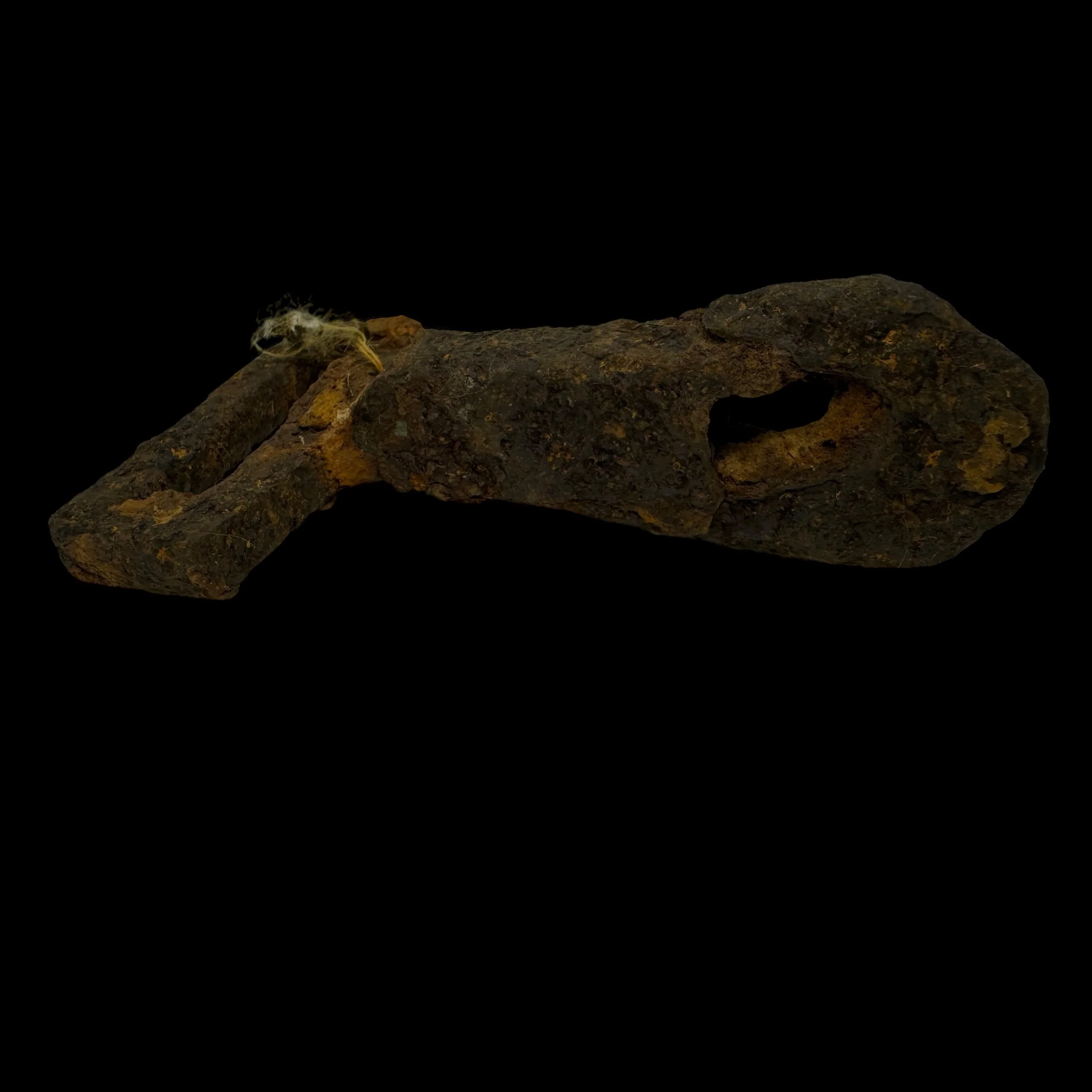
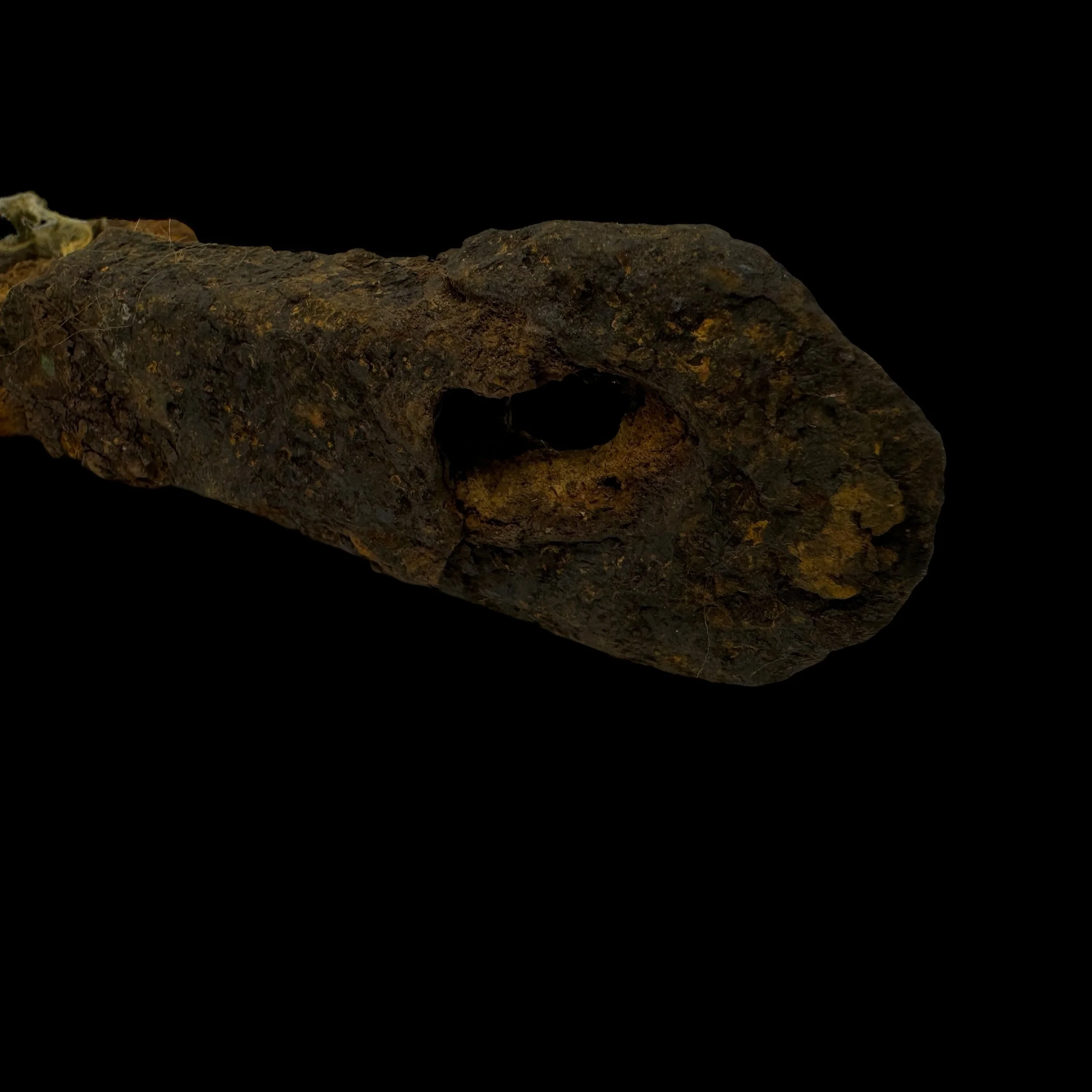
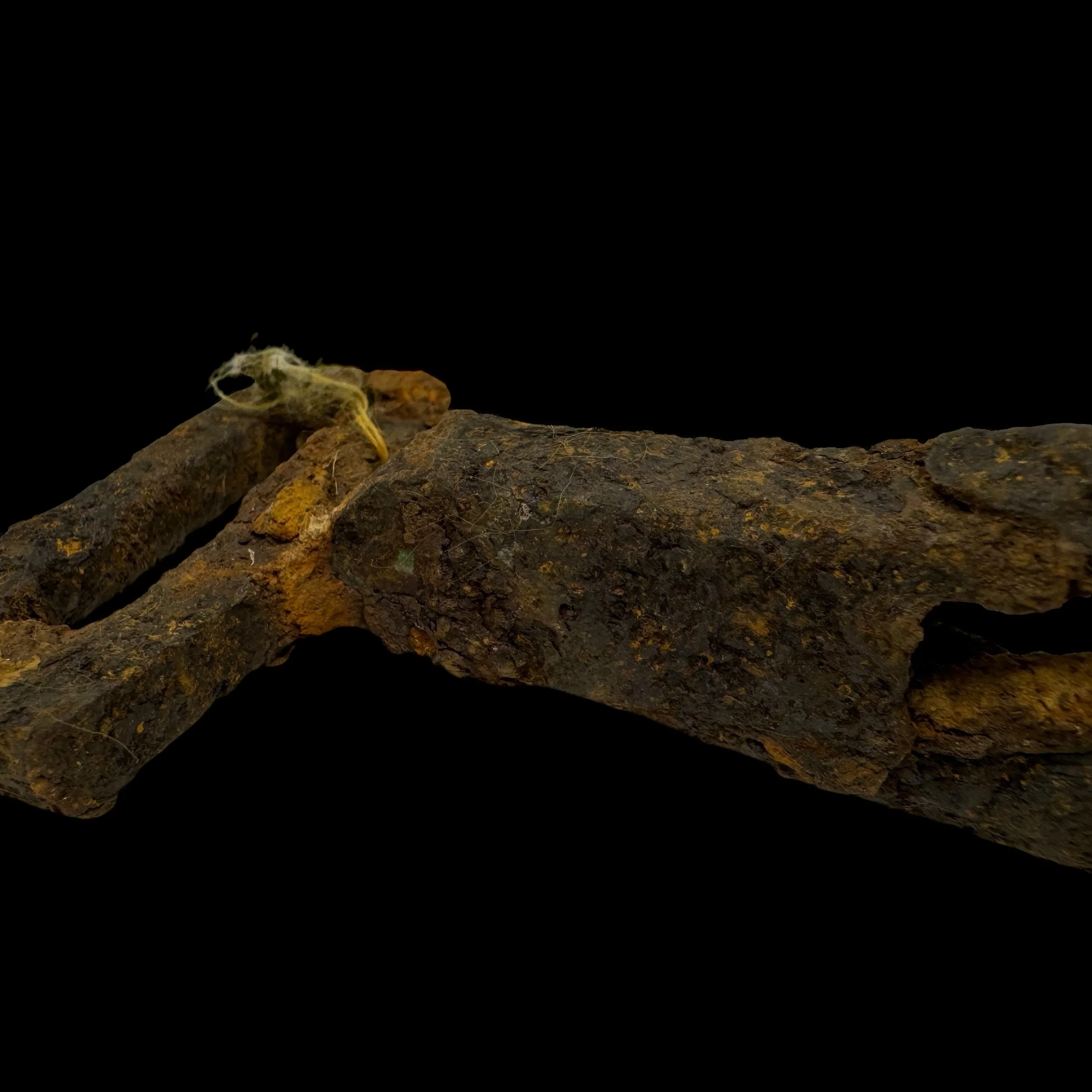
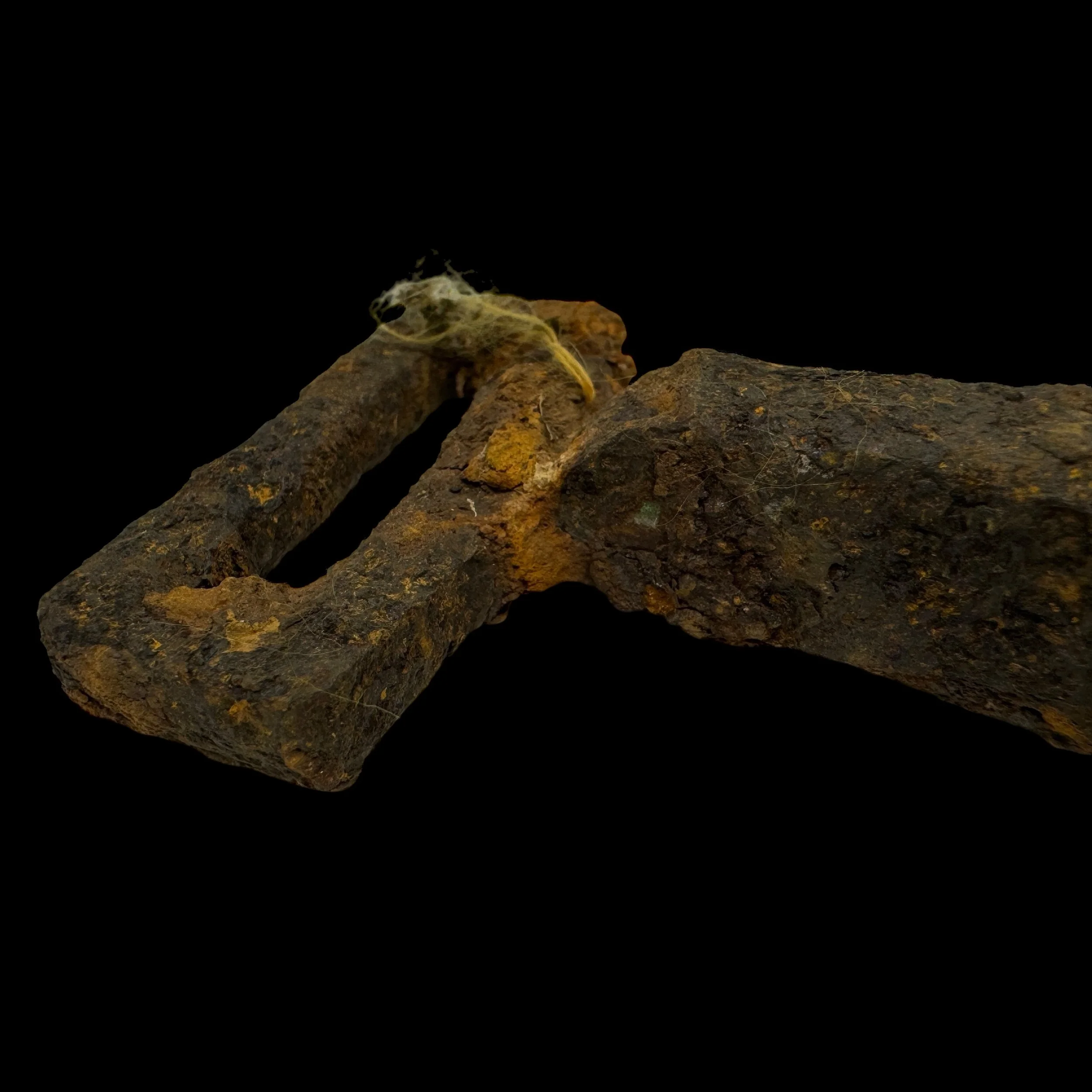
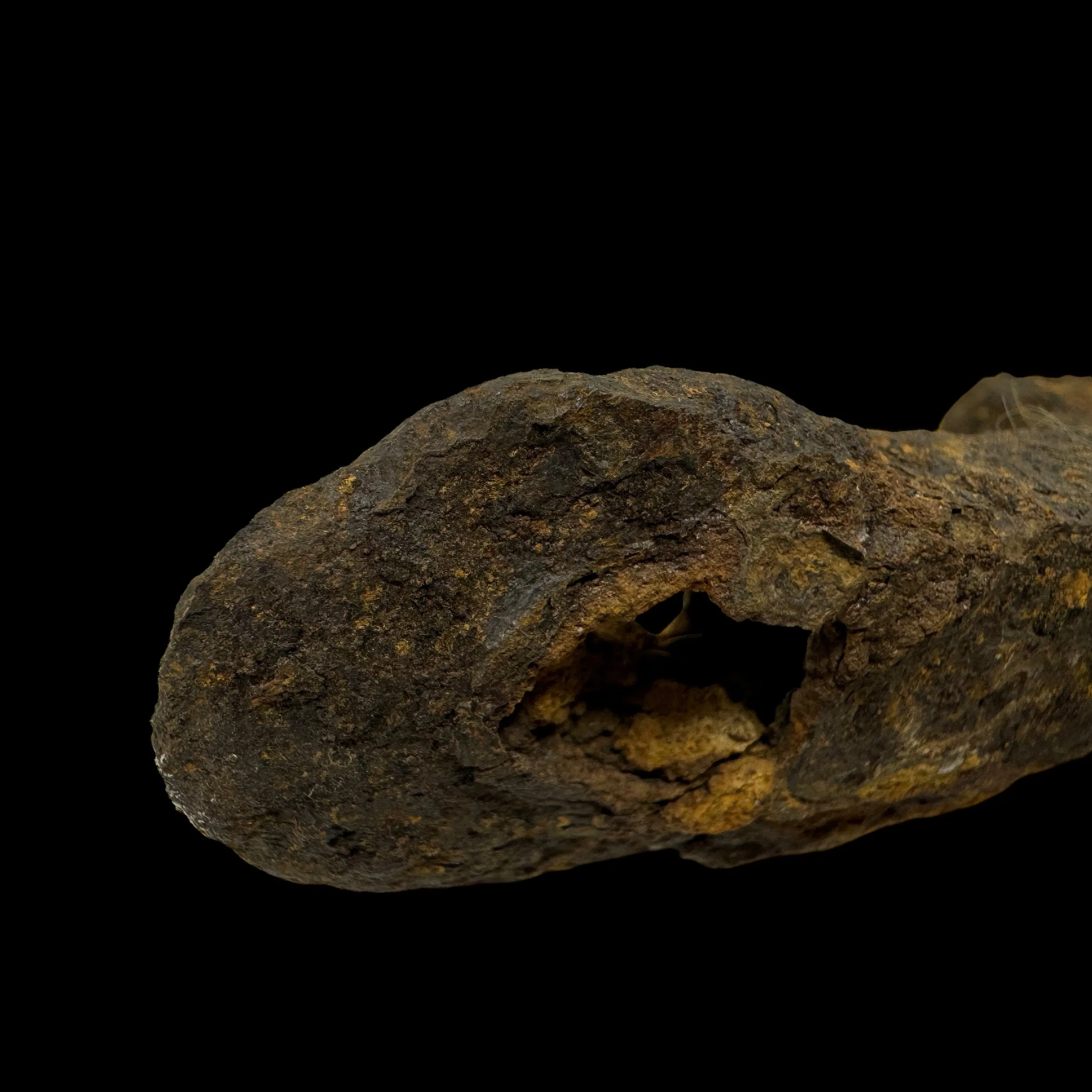

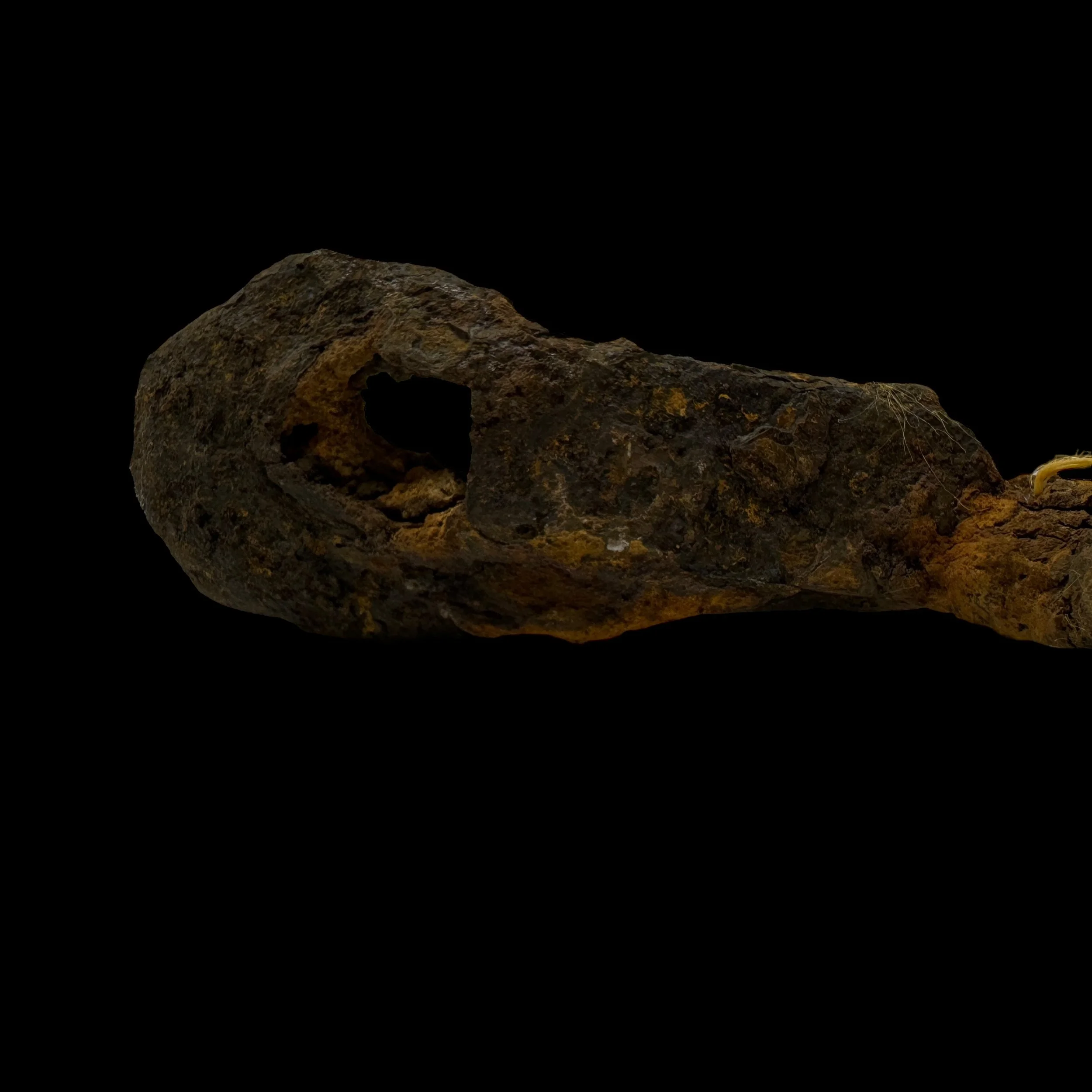
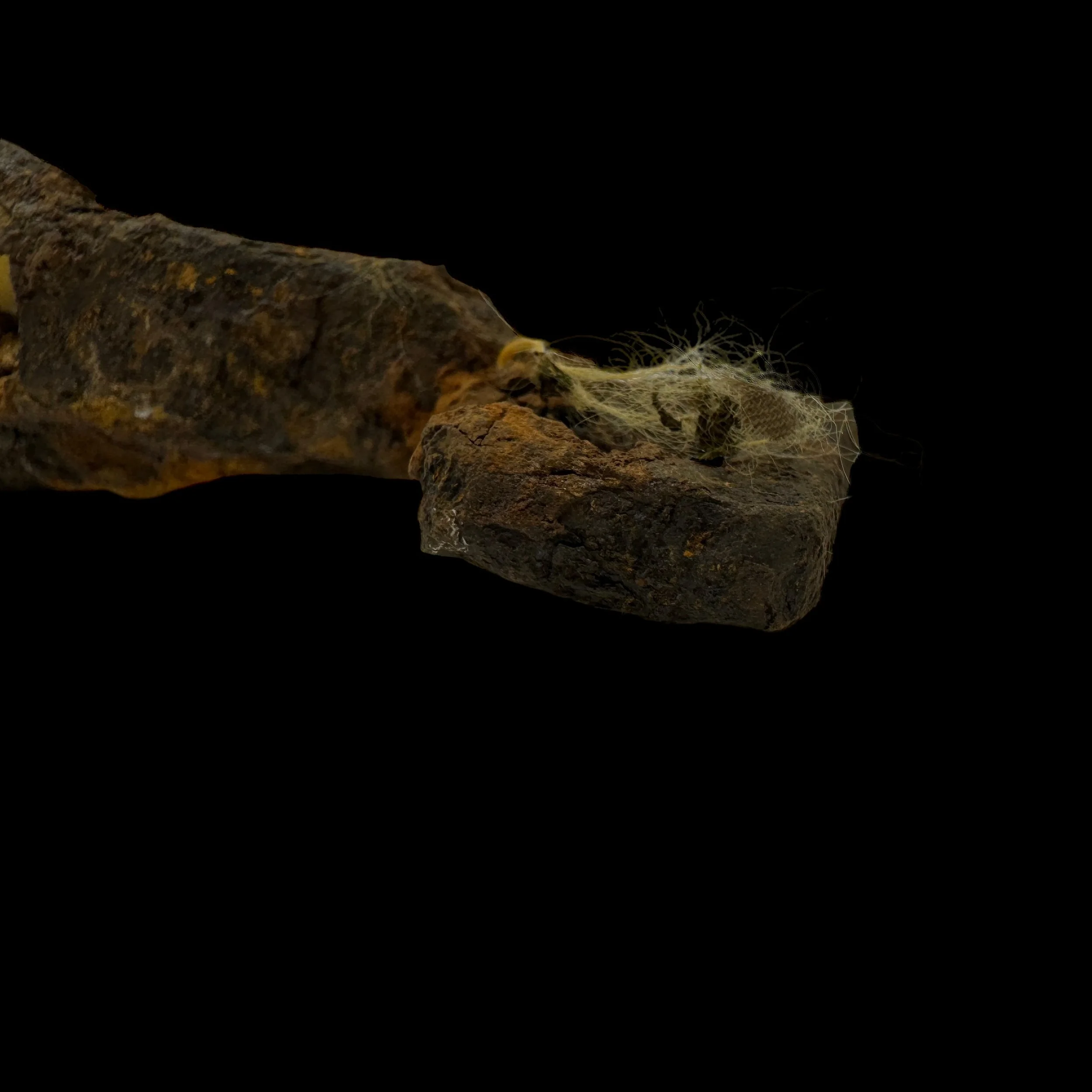
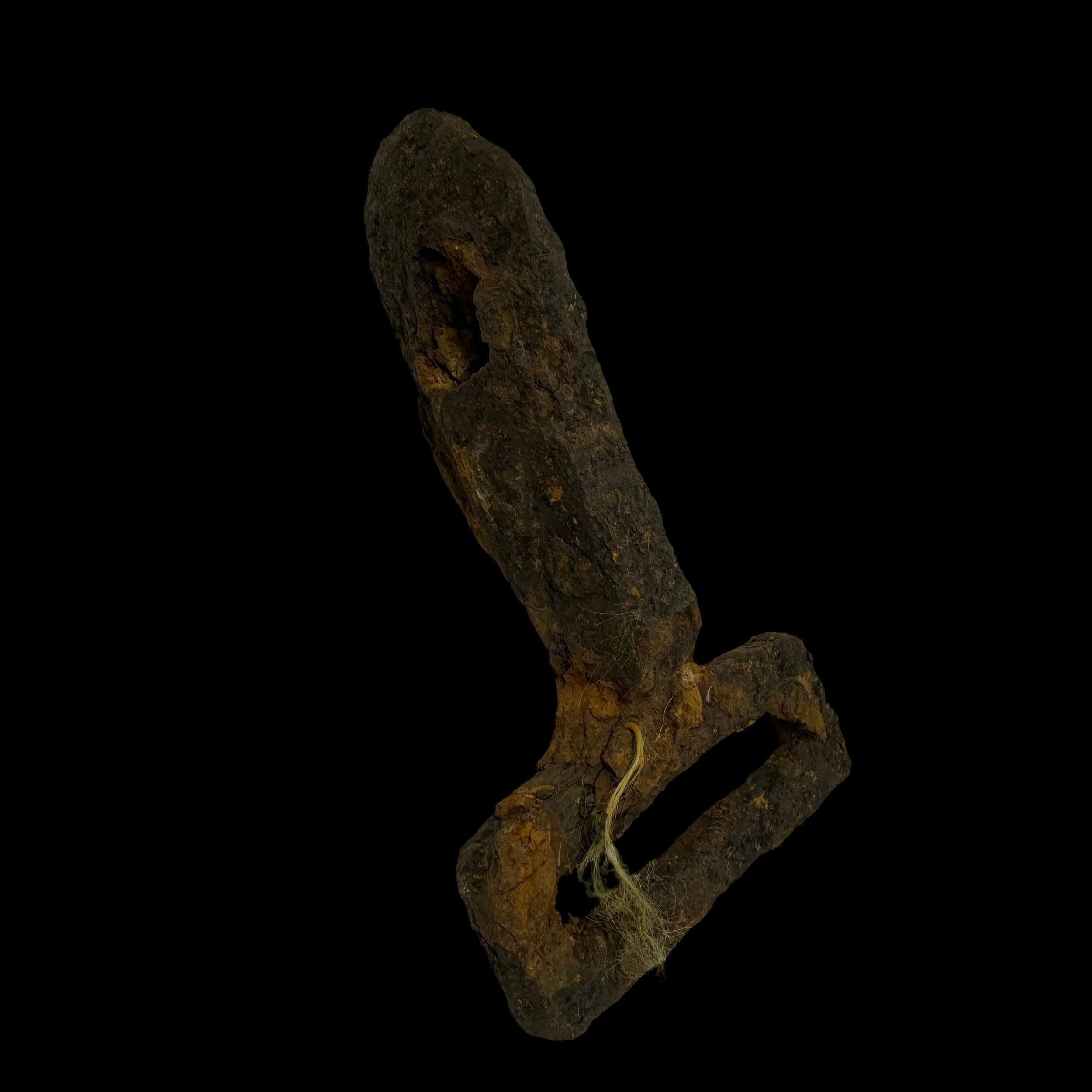
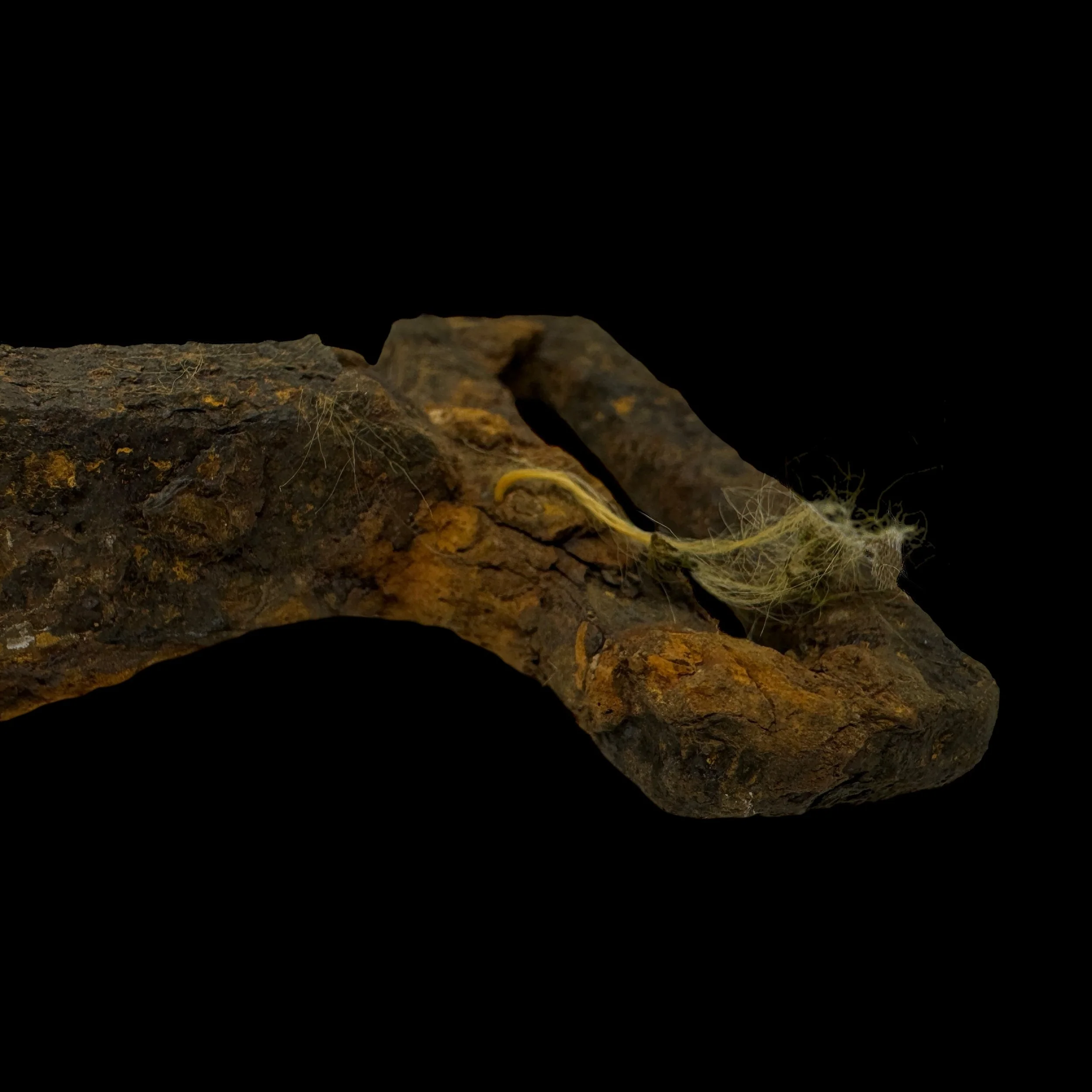

RARE! WWII June 6th, 1944 D-Day "Operation Overlord" 82nd & 101st Airborne Division Parachute Harness Recovered From Sainte-Mère-Église Drop Zone
Comes with a hand-signed C.O.A.
This extraordinarily rare and museum-grade artifact from World War II is a professionally recovered U.S. Airborne parachute harness, found in the drop zones near Sainte-Mère-Église in Normandy, France, where the 82nd and 101st Airborne Divisions made their fateful jumps on June 6th, 1944. This harness, once worn by an unknown American paratrooper, stands as a poignant symbol of the heroism and sacrifice displayed by the men of the U.S. Airborne who leaped into the darkness behind enemy lines in the earliest hours of D-Day. Though the identity of the paratrooper who used this harness will remain forever lost to history, the artifact serves as a powerful reminder of the human cost of war and the bravery that paved the way for the success of the Normandy invasion.
The role of the 82nd and 101st Airborne Divisions in the D-Day operation was both crucial and perilous. Tasked with dropping into heavily defended German-occupied territory during the night, their mission was to disrupt enemy communications, secure key crossroads and bridges, and create chaos behind the frontlines to prevent the Germans from reinforcing their troops at the beaches. The paratroopers knew that the success of the entire D-Day operation—especially the amphibious landings at Utah and Omaha Beaches—depended on their ability to neutralize German defenses and provide a safer, clearer path for the soldiers who would follow in the morning hours. These brave men jumped knowing they would be isolated, surrounded, and fighting in the darkness against a well-prepared enemy.
The airborne landings around Sainte-Mère-Église were chaotic and scattered due to anti-aircraft fire, poor weather, and navigational difficulties, which caused many paratroopers to miss their intended drop zones by miles. Still, their actions behind enemy lines were vital in ensuring the success of Operation Overlord. Sainte-Mère-Église itself became one of the first towns liberated by Allied forces, thanks in no small part to the efforts of the paratroopers who risked everything to secure it.
The soldiers of the 82nd and 101st Airborne Divisions endured heavy fire, isolated skirmishes, and disorientation, but their actions prevented German reinforcements from quickly responding to the beach landings. Their efforts weakened German defenses, directly contributing to the success of the larger invasion force that stormed the beaches hours later. While the men who landed at Utah and Omaha Beaches faced significant resistance, it would have been even greater if not for the disruption caused by the airborne troops.
The D-Day Airborne Drops on Sainte-Mère-Église: A Turning Point in Operation Overlord
The airborne drops on Sainte-Mère-Église during the D-Day invasion of Normandy stand as one of the most pivotal and daring operations in military history. Carried out on June 6, 1944, by elite American paratroopers, these drops were essential to the success of Operation Overlord, the Allied plan to liberate Nazi-occupied France. Sainte-Mère-Église, located near the coast, became one of the first towns liberated by Allied forces. The strategic value of the town and surrounding areas, the units involved, the jump zones, and the equipment carried by the paratroopers all played crucial roles in the outcome of this high-stakes mission.
Strategic Importance of Sainte-Mère-Église
Sainte-Mère-Église was situated along the main routes the Germans would use to bring reinforcements to the coast to repel the anticipated Allied invasion. Therefore, seizing and holding the town was essential for securing the right flank of the beach landings, particularly Utah Beach. Controlling Sainte-Mère-Église would disrupt German communications and prevent reinforcements from reaching the coast, ensuring the success of the amphibious landings.
The airborne drops were designed to place American paratroopers behind enemy lines to block the movement of German reserves and to take strategic bridges, roadways, and junctions. Sainte-Mère-Église was not only a military objective but also a symbol of the liberation of France. Its capture would boost Allied morale and give an immediate psychological victory on D-Day.
Units Involved: The Elite Paratroopers
The main units tasked with the airborne operations around Sainte-Mère-Église were from the 82nd and 101st Airborne Divisions. Specifically, the 505th Parachute Infantry Regiment (PIR) of the 82nd Airborne Division had the primary objective of capturing Sainte-Mère-Église. Meanwhile, the 101st Airborne Division, known as the "Screaming Eagles," had broader objectives in securing causeways leading from Utah Beach to prevent German reinforcements.
82nd Airborne Division: Commanded by Major General Matthew Ridgway, the 82nd Airborne had the primary task of capturing Sainte-Mère-Église and securing the Merderet River crossings to the west. The division's 505th PIR, led by Colonel William Ekman, played the most prominent role in capturing the town.
101st Airborne Division: Led by Major General Maxwell D. Taylor, the 101st had a wider operational focus. Their objectives were to secure four causeways linking Utah Beach to the interior and prevent German counterattacks from reaching the beachhead.
The 507th and 508th PIRs, also part of the 82nd Airborne, had objectives west of Sainte-Mère-Église. These units were tasked with seizing bridges over the Merderet River, a critical part of the overall mission to disrupt German reinforcements and mobility.
The Jump Zones: Confusion and Scattered Landings
The success of the airborne drops on D-Day hinged on accurate landings in predetermined drop zones (DZs), but several factors made this nearly impossible. Poor weather conditions, heavy anti-aircraft fire, and navigational errors caused widespread confusion and scattered landings. Despite the rigorous planning, many paratroopers missed their designated drop zones by miles, landing in flooded fields or in the middle of German-held villages, including Sainte-Mère-Église itself.
Drop Zone O (DZ O): This was the designated drop zone for the 505th PIR. It was located northwest of Sainte-Mère-Église, intended as a staging point for the attack on the town. However, anti-aircraft fire and poor visibility caused many of the C-47 Dakota planes to drop their paratroopers over the wrong areas. Some troops landed directly in Sainte-Mère-Église itself, where they were met with heavy German resistance.
Drop Zone T (DZ T): This was the intended drop zone for the 507th and 508th PIRs, situated west of the Merderet River. However, like the 505th, the 507th and 508th were scattered across a wide area. Many paratroopers found themselves far from their objectives, often isolated and cut off from their units, which made coordination difficult.
Despite these setbacks, the dispersed landings turned out to be an advantage in some cases. The widespread confusion created by small groups of American paratroopers behind enemy lines contributed to the disruption of German communications and the delay in reinforcing coastal defenses.
Missions: Securing Sainte-Mère-Église and Beyond
The mission of the 505th PIR was to capture Sainte-Mère-Église and secure it as a critical junction in the German defense network. As paratroopers landed—some directly in the town and others in nearby fields—they faced immediate and fierce resistance. Famously, one paratrooper, Private John Steele of the 505th PIR, became entangled in the church’s bell tower, hanging helplessly for hours while German soldiers patrolled the streets below. His story became one of the iconic images of D-Day, symbolizing the resilience and determination of the airborne forces.
Despite the scattered drops and unexpected challenges, the paratroopers managed to regroup in small numbers. By dawn on June 6, 1944, they had cleared much of the town of German defenders, and Sainte-Mère-Église became one of the first towns liberated in France.
Meanwhile, other elements of the 82nd Airborne were tasked with securing crossings over the Merderet River, an objective that proved difficult due to flooding and enemy resistance. The failure to fully secure these crossings delayed the linking up of the paratroopers with forces landing on Utah Beach.
Jump Gear and Harnesses: The Essential Equipment
The success of the airborne operations on D-Day was in no small part due to the equipment and training of the paratroopers. The jump gear and harnesses they used were essential to their survival and effectiveness during the drops.
Parachute Harness: Paratroopers were equipped with the T-5 parachute system, which included a main chute and a reserve chute. The main parachute was packed into a large, square container on the jumper’s back, while the reserve chute was attached to the chest. The parachute harness itself was a full-body harness designed to distribute the weight of the soldier’s gear and minimize injury during landing.
Jump Equipment: In addition to their parachutes, paratroopers carried an array of equipment designed for combat upon landing. This included M1 Garand rifles, Thompson submachine guns, grenades, and ammunition. Many also carried demolition charges and special equipment for clearing obstacles. Paratroopers carried extra gear in leg bags that were attached to their harnesses, but these leg bags often tore away during the jump, scattering vital supplies across the drop zones.
Protective Gear: Each paratrooper wore a M1 steel helmet with a distinctive net covering, which was used to hold camouflage materials. They also wore the standard M42 jump uniform, which included reinforced knees and elbows to protect them during the landing. Some paratroopers added extra padding to their uniforms in anticipation of the rough landings.
Life Preservers: Due to the proximity of many drop zones to flooded areas and rivers, each paratrooper was issued a life preserver. Many paratroopers landed in flooded fields and rivers, and these life preservers proved invaluable in preventing drowning.
Pathfinder Beacons: The initial wave of paratroopers included pathfinders who were equipped with special lights and radar beacons to mark the drop zones for the follow-up waves. However, the scattered landings meant that many of these beacons were not activated in the correct locations, contributing to the confusion during the drops.
The airborne drops on Sainte-Mère-Église exemplified the chaos, bravery, and determination that characterized D-Day. Despite facing intense anti-aircraft fire, scattered landings, and heavy resistance, the paratroopers of the 82nd and 101st Airborne Divisions completed their missions and helped secure the success of the Normandy invasion. The combination of strategic planning, effective use of jump gear, and the adaptability of the troops on the ground turned what could have been a disastrous operation into a crucial victory for the Allies. The liberation of Sainte-Mère-Église marked one of the first major successes of D-Day and set the tone for the eventual defeat of Nazi Germany.